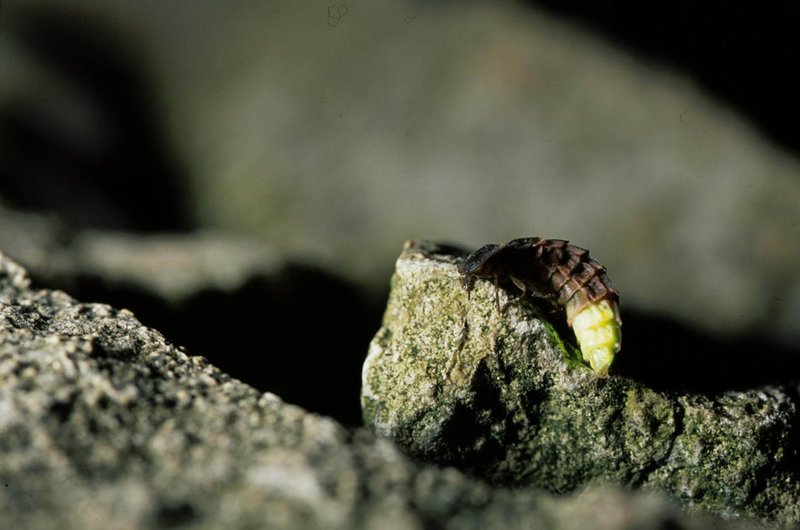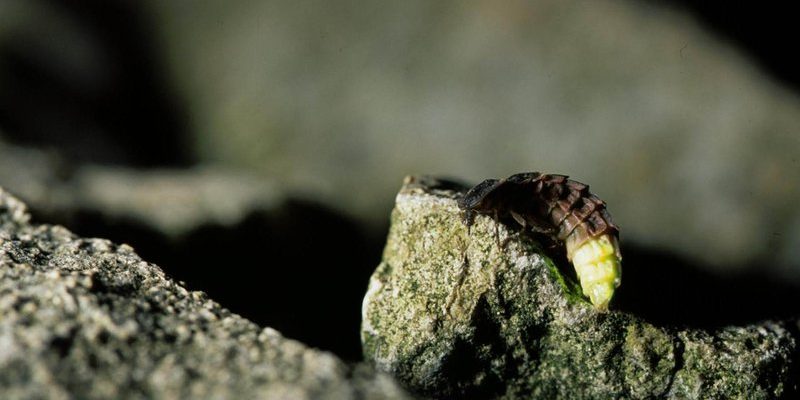
Think of glow worm monitoring as being part detective and part scientist. You need the right tools and methods to gather information about their numbers and habits. Thankfully, researchers have developed various techniques to monitor these enchanting critters, ensuring they don’t flicker out from our landscapes. From simple visual counts to more sophisticated technological approaches, let’s dive into the various methods used to keep track of glow worm populations.
Why Monitor Glow Worm Populations?
You might be wondering why we even need to monitor glow worms. Well, these tiny bioluminescent insects are indicators of environmental health. When their numbers dwindle, it can signal issues such as habitat loss, pollution, or climate change. Much like canaries in coal mines, glow worms tell us a lot about the ecosystems they inhabit.
By keeping an eye on their populations, researchers can gauge the overall health of the environment and take necessary conservation steps. This helps ensure that future generations can enjoy the beauty of these creatures. Monitoring can also support scientific research into their unique biology and ecology, revealing insights that could be beneficial not just for glow worms but for numerous species sharing their habitat.
Visual Counts: The Classic Method
Visual counts are one of the oldest and simplest methods for monitoring glow worm populations. Picture this: researchers head out at dusk, equipped with flashlights and counting sheets, ready to spot the glowing lights of these insects. They typically visit specific sites known for hosting glow worms and count how many they see in a given time frame.
This method has its charm—it’s straightforward and doesn’t require fancy equipment. However, there are downsides. Counting can be subjective; what one person sees might differ from another’s count. Weather conditions, like rain or fog, can also affect visibility and thus the reliability of the data collected. So while it’s a great start, visual counts are best used in conjunction with other methods for a more robust understanding of population dynamics.
Trapping Techniques for Accurate Data
Another interesting method for monitoring glow worm populations involves trapping. In this approach, researchers set up specially designed traps that attract glow worms using light or specific bait. These traps can provide precise data about the number of glow worms in a given area over time.
Once captured, researchers can tag them for tracking or study their health and genetics. Trapping helps produce a clear snapshot of the population size, as researchers can calculate the number of individuals caught and released. However, it’s important to conduct trapping ethically. Too many traps can harm the glow worm population, so researchers must strike a balance to avoid disrupting their natural behavior.
Technology’s Role: Using Sensors and Cameras
Here’s the thing: technology has revolutionized how we monitor wildlife, including glow worms. Remote sensors and cameras can be set up in glow worm habitats to automatically record data without humans needing to be present all the time. These devices can capture images and data on the glow worms’ activity patterns, population densities, and even environmental conditions like temperature and humidity.
These tech-savvy methods provide a wealth of information that might be difficult to gather through traditional methods alone. Plus, they allow for long-term monitoring with less disruption to the habitat. However, setting up such technology requires initial investment and technical know-how, which might not be feasible for all researchers.
Environmental Monitoring: The Bigger Picture
Monitoring glow worms doesn’t just stop with counting individuals or tracking them with technology. It’s also important to look at their environment. Researchers often assess habitat quality by examining factors like soil moisture, light pollution, and vegetation. These factors can significantly influence glow worm populations.
For example, too much light pollution can disrupt their natural glow and mating behaviors. By keeping tabs on environmental conditions, researchers can draw connections between habitat health and glow worm populations, advocating for necessary environmental protections. This holistic approach to monitoring ensures that conservation efforts are targeted and effective.
Community Involvement in Monitoring Efforts
Honestly, glow worm monitoring isn’t just for scientists. Community involvement can make a huge difference! Many local conservation groups encourage residents to participate in monitoring efforts. This might involve citizen scientists conducting visual counts or reporting sightings on community platforms.
Engaging the public not only helps gather more data but also raises awareness about the importance of glow worms and their ecosystems. Plus, it creates a sense of connection to the local environment. People who take part in such initiatives often become passionate advocates for conservation, spreading the word and encouraging others to appreciate these magical insects.
The Future of Glow Worm Monitoring
As we look ahead, glow worm monitoring will likely continue evolving with advances in technology and methodology. Integrating citizen science, environmental assessments, and tech tools can lead to better understanding and protection of these lovely creatures.
Moreover, as climate change and urbanization challenge habitats worldwide, refining our monitoring techniques becomes crucial for ensuring the survival of glow worms. The combination of classic methods and innovative approaches holds promise for keeping track of these glowing gems.
In conclusion, monitoring glow worm populations is a blend of traditional observation and cutting-edge technology. Each method has its strengths and weaknesses, but together they build a comprehensive picture of these enchanting creatures and their environments. Understanding and supporting glow worms ultimately helps us protect our natural world. So, the next time you spot a glow worm twinkling in the night, remember: there’s a lot going on behind that little glow.

